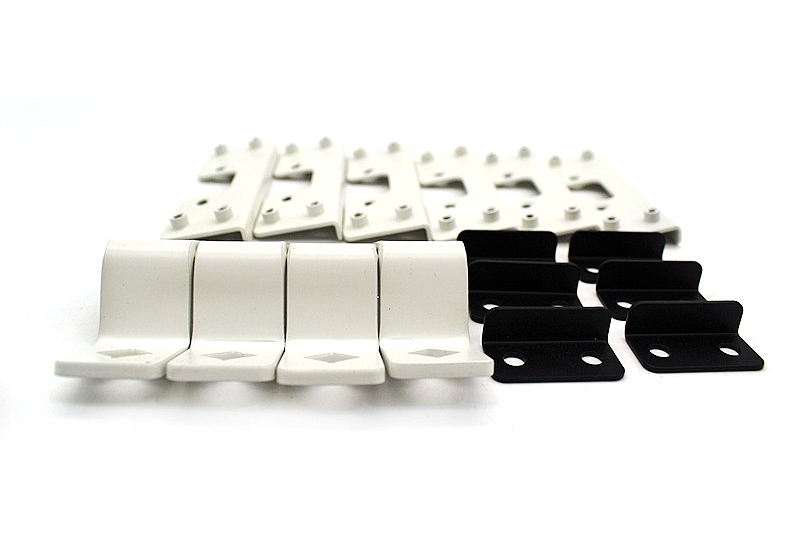How does flexible metal bending reduce production costs?
Introduction
Flexible metal bending plays a critical role in modern manufacturing by reducing material waste, shortening lead times, and maximizing equipment utilization. As an engineer working with multi-process fabrication workflows, I’ve seen how adaptable bending capabilities lower overall production costs across both low-volume custom jobs and high-volume industrial programs.
Reducing Material Waste Through Efficient Forming
Flexible bending systems minimize scrap by forming precise geometries without requiring multiple machining steps. When combined with upstream processes such as sheet metal fabrication and clean pre-processing operations like laser cutting, manufacturers can achieve tight tolerances while preserving valuable material.
This efficiency also extends to stamped components, where integrating bending after sheet metal stamping reduces over-trimming and eliminates secondary rework. For assemblies that require structural curvature, using controlled forming during metal bending is far more cost-effective than machining material away.
Lowering Lead Times with Multi-Process Integration
Flexible bending accelerates part flow between different manufacturing departments. Prototyping routes such as prototyping or geometry verification through CNC machining prototyping enable quick adjustments before full-scale forming, preventing costly downstream changes.
For parts produced using casting workflows such as precision casting or higher-volume gravity casting, bent brackets and support components can be prepared in parallel, reducing bottlenecks and improving takt time.
Material Selection That Enhances Cost Efficiency
The cost advantages of flexible bending grow when the right materials are selected. Aluminum-based alloys such as cast aluminum and die-casting grades like A380 bend easily and require less forming force. Stainless options, such as cast stainless steel, reduce long-term maintenance costs when used in corrosive environments.
High-value metals, such as nickel-based alloys, bend more efficiently when forming paths are optimized, preventing cracking or unnecessary scrap. Conductive materials, including copper alloy, also benefit from precision bending when used for electrical frameworks, minimizing defective parts. Lightweight metals, such as magnesium alloys, reduce energy demand during handling and forming.
Post-Process Finishing That Extends Component Lifespan
Surface finishing helps preserve bent components, preventing early replacement or rework. Durable coats such as powder coating significantly reduce long-term maintenance costs. For high-stress bending applications, thermal strengthening via heat treatment ensures that bent parts maintain dimensional stability, improving lifecycle value.
Additionally, aesthetic or functional refinements, such as polishing, enhance assembly fit while decreasing friction-related wear—another cost-saving benefit.
Cost Reduction Across Multiple Industries
Flexible bending drives cost efficiency in several sectors:
The automotive industry benefits from lightweight, repeatable bent components for frames and battery enclosures.
In aerospace, precise bending reduces material waste for premium alloys.
The consumer electronics sector relies on bending to form thin brackets and housings with minimal tooling investment.
Conclusion
Flexible metal bending reduces production costs by minimizing scrap, lowering tooling expenses, shortening lead times, and enabling efficient integration with cutting, casting, and prototyping workflows. When combined with proper materials and post-process finishing, bending becomes one of the most cost-effective forming solutions in modern manufacturing.



